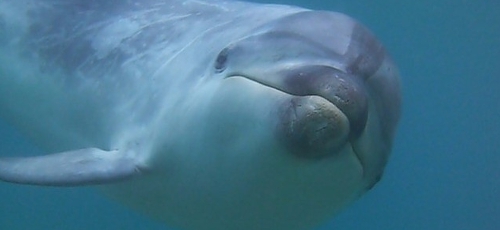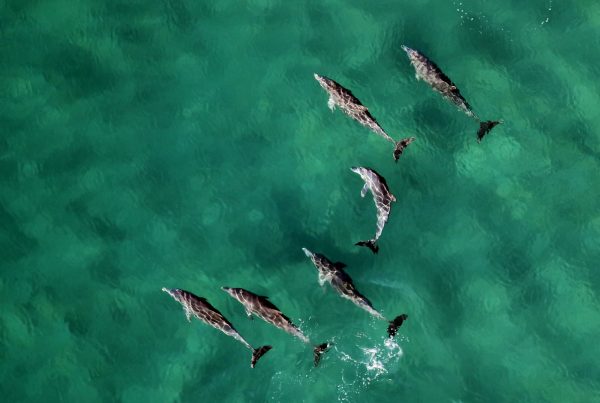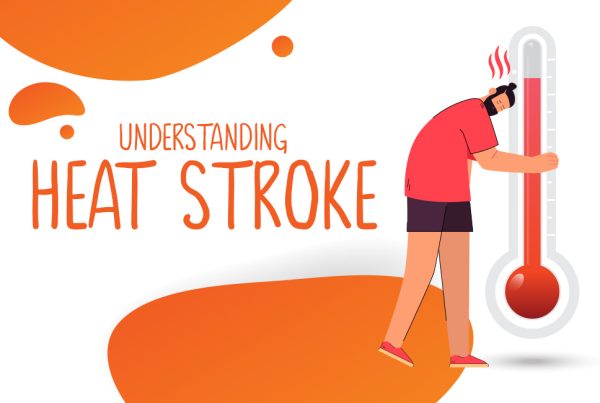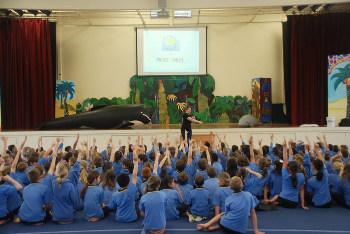
Little is known about solitary dolphins. There are only 90 or so known cases worldwide, 14 of which are from New Zealand alone. Moko was the latest in this line of famous dolphins. Sadly he died in June 2010 – exact cause of death unknown.
Some say that solo dolphins are social outcasts whilst others believe they separate from their pod by choice. Other factors like rough seas or bad weather may force groups apart and individuals may become solitary as a result.
Male and female solitaries have been recorded in equal numbers and they have been found in almost every corner of the world: UK, Ireland, France, Belgium, Holland, Norway, Yugoslavia, Spain, Italy, Israel, USA, Canada, Belize, Bahamas, Brazil, Costa Rica, South Africa, Montenegro, Tunisia, Japan, Australia and New Zealand.
Bottlenose dolphins are the most commonly seen solitary species. Other solitaries include orca, beluga whales, common dolphins, Risso’s dolphins, spotted dolphins, dusky dolphins, tucuxi and narwhal. Find out more about solitary cases around the world here.
Solo dolphins are a rare phenomenon and give us incredible insights into this species. Sadly, the more friendly the dolphin the less wary they become of us, boats and other potential hazards.
Most solo dolphins have a fascination with propellers and over the years many have been injured or killed by boats. In 2006 a female solitary dolphin was hit by a boat and later died of septicaemia. In a similar incident here in New Zealand, a solo dolphin named Scar was reversed over by a boat and subsequently euthanized as a result of his injuries.
Not everyone appreciates the presence of solo dolphins. In 1983 an angry Costa Rican fisherman killed a solo dolphin that got caught in his net. In New Zealand controversy still surrounds the death of Opo the dolphin. Many suspect foul play.
Just as people pose a risk to solo dolphins, so too is the opposite true. In the past people have been bumped, rammed, head butted, bitten, held underwater, landed on and pushed out to sea. They’ve walked away from their close encounter with cracked ribs, internal injuries and painful bruises. One person has even died.
Moko the Solitary Dolphin
Most bottlenose dolphins live happily in pods ranging from 2 to 25. But on rare occasions some will seek out the company of humans and shun their dolphin friends. Moko the dolphin did just that.
Moko first appeared in Mahia in March 2007. He befriended local divers, swimmers and boaties and was named after the nearby Mokotahi headland. After thrilling locals for more than 2 years he moved to Gisborne and then Whakatane, which became his home for six months.
Along the way he made headline news and gained worldwide media attention.
In 2008 he came to the rescue of two stranded pygmy sperm whales. Rescuers tried repeatedly to refloat the whales only to see them beach on a large sandbar offshore. Responding to their distress calls, Moko appeared and escorted the disorientated mother and calf through a narrow channel and out to sea.
As well as saving whales Moko was also known for his playful antics. His favourite games included stealing toys, playing fetch and pushing kayaks through the water with his snout. Sometimes Moko even turned up with presents of fish for his human friends.
Sadly, Moko the friendly dolphin died in June 2010. After following a boat out of Whakatane, his body was discovered some weeks later on a small island close to Tauranga. The exact cause of death is still unknown.
If you’re lucky enough to spend time with a solo dolphin please follow some simple rules:
- Don’t over-crowd them, surround them or block their escape route
- Give them space. Feeding and resting times are crucial. If you disturb them during these times their health will deteriorate and they be more prone to disease
- Don’t attempt to ride or be towed by them, or pull on their flippers or fin. These can be easily dislocated
- Don’t encourage them to play with toys. These could damage, their skin, eyes and teeth and later by confused with objects like fishing net buoys
- Don’t feed them. You could make them unwell and reduce their natural ability to hunt
- If you’re in a boat and they’re close by, turn off the engine and remove any nets or fishing gear from the water. Alternatively, move your boat at slow to no-wake speed and keep a straight path to avoid running over him. Keep a distance of 50 metres if you can and only approach them from the side of behind. Don’t circle the, surround them or obstruct their path


